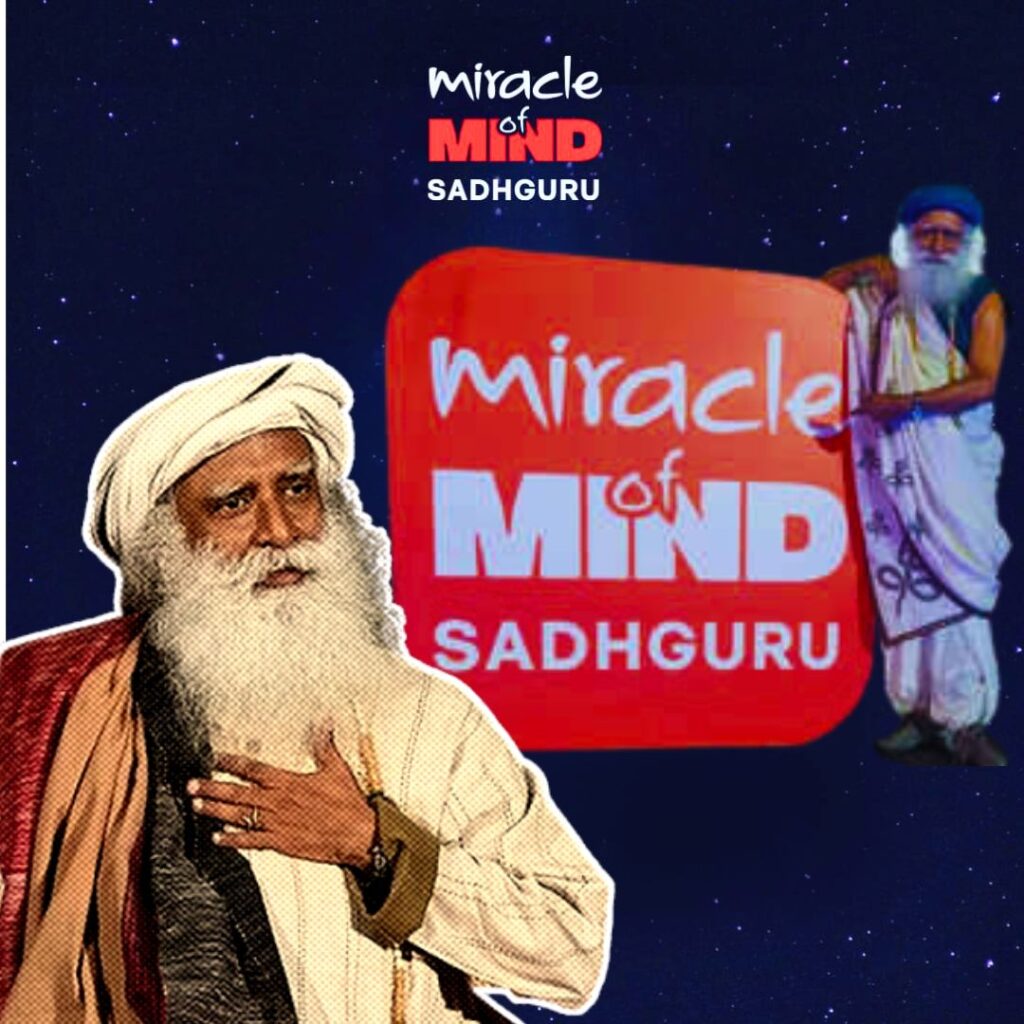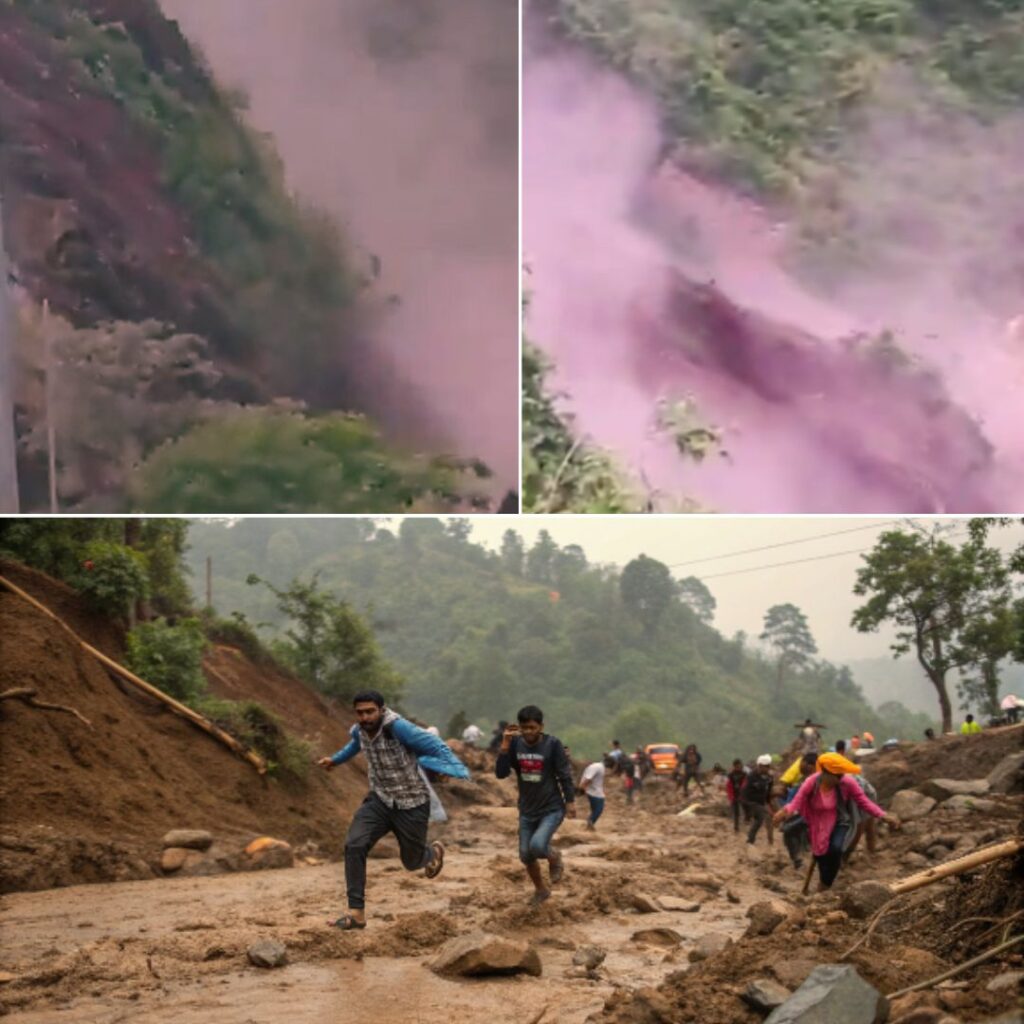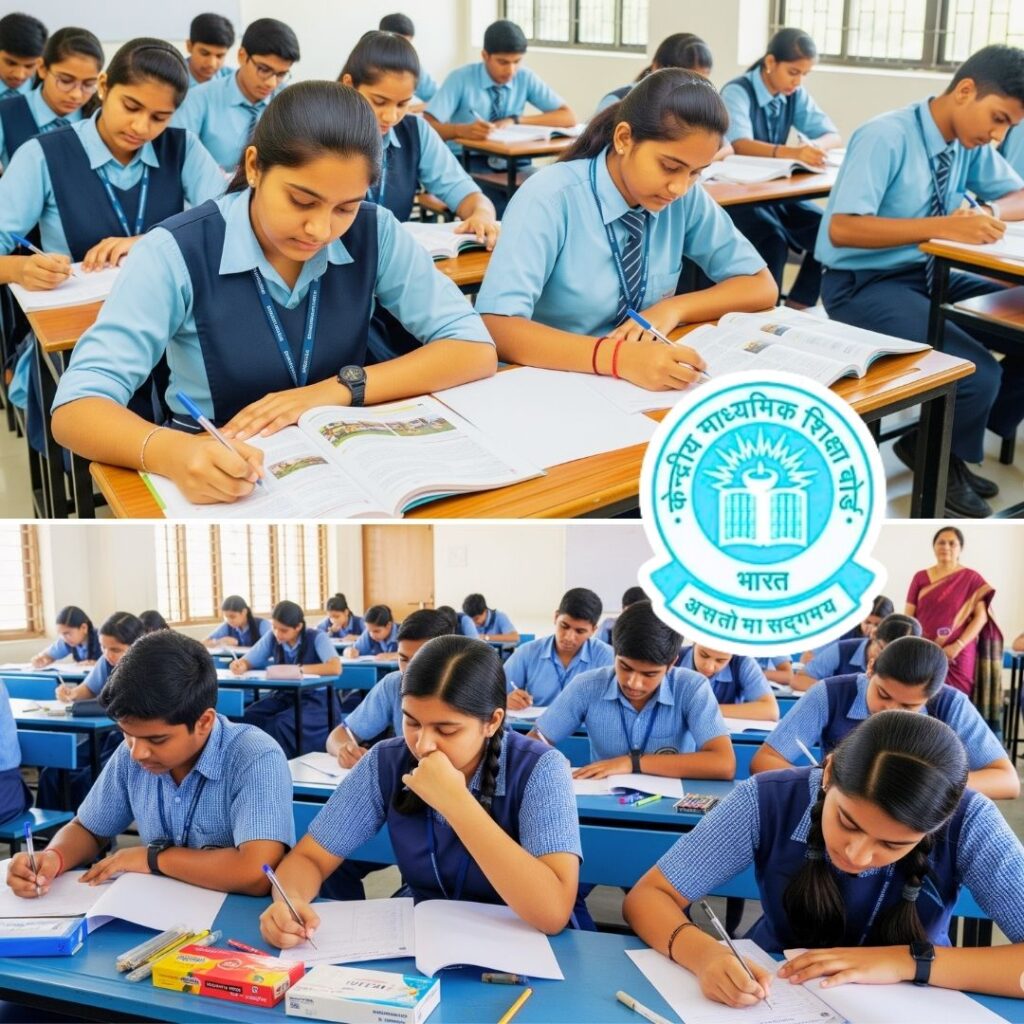Author: P Sainath|Article originally published on psainath.org Image Source: sanjeevaniproject
The total number of farmer suicides in the country since 1995 crossed the 300,000-mark in 2014. However, the 2014 data are not comparable with 19 earlier years of farm suicide data. This is so due to major changes in methodology of the National Crime Records Bureau (NCRB).
With the new parameters, the number of farmer suicides in 2014 falls to 5,650. That’s less than half their 2013 figure of 11,772. This happens simply by shuffling the suicide numbers across new or revised categories in the NCRB tables. The “fall” in farmer suicides accompanies a stunning increase in suicides by “Others.” Karnataka, the second worst state for such suicides in the country, saw 321 farmers take their lives in 2014. That’s a big drop from the previous year’s figure of 1,403. In the same 12 months, though, suicide numbers in the “Others” column of that state went up by 245 per cent. From 1,482 to 5,120 suicides. On average, the five worst states for farmer suicides saw a rise of 128 per cent in suicides by “Others.”
NCRB suicides data tables 2.6 and 2.7
The NCRB 2014 data also record thousands of tenant farmer suicides as those by “agricultural labourers.” This too, helps dilute the numbers in the main “farmers” column in a big way. By NCRB’s own admission, there has been no data audit of its new numbers. The agency simply says it has “already decided to organize data audit in the year on random basis.” (Read: they will now audit numbers already published as authentic). Nor were policemen at the lowest level stations – those who will record the data – trained for this new exercise.
Further, a record 12 states and six union territories declared “zero” farmer suicides in 2014. This includes three big farming states: West Bengal, Rajasthan and Bihar. In 2010, by contrast, not a single big state had claimed ‘zero’ suicides. And just three union territories had done so. Now, these states assert that not a single farmer, in the millions amongst them, took his or her life in 2014. For any reason at all.
On these counts, the NCRB says they “may seek clarification from the concerned states/ UTs where data is perceived to be abnormal…” (emphasis added).
There is little explanation of how the data for the new/ revised categories in the NCRB’s Accidental Deaths & Suicides in India 2014 are collected. And when it comes to causes, the report goes, as always, by what state governments say were distress-driven suicides. Even so, the number of farmer suicides since 1995 touches 3,02,116. And while the changes render comparisons dubious, the aggregate figure across all farm-related suicides at 12,336 is marginally higher than in 2013.
Maharashtra, AP including Telangana, Karnataka, MP and Chhattisgarh are the ‘Big 5’ states of farmer suicides. For a decade, they logged two-thirds of all such suicides in the country. In the new accounting, the Big 5 recorded well over 90 per cent of all farmers’ suicides in 2014. Maharashtra, whose 20-year total now stands at 63,318, witnessed over 45 per cent of all farmer suicides in the country last year. However, serious questions on the changes in categories remain unanswered. As do even more troubling ones on the data collection.
The NCRB is not a data collection machinery. It collates and tabulates statistics coming in from the states. In that respect, it has no vested interest in the numbers. However, the changes in formats seem to further embolden and enable state government fudging of data. Officials in state capitals will now find that job much easier.
A heavy distortion of the data began with Chhattisgarh in 2011. The state had, in its own count, averaged 1,555 farm suicides each year between 2006-10. In 2011 it went to zero, cold turkey. It declared nil farm suicides that year, four in 2012 and zero again in 2013. West Bengal followed suit from 2012. Others too began to massage their numbers. Farm suicides had become a politically damaging issue. Now with new categories and columns to shuffle the deaths across, state governments can more easily reduce the numbers in the main farmers group. The new (sub) categories include: farmers owning their land, those working on contract / lease, agricultural labourers and more.
According to the NCRB, there is “no reclassification” here. “Just further segregation” of a table that it has published for 19 years: ‘Self-employed persons in Agriculture/Farming.’ It doesn’t wash. Never, at any time in the past were agricultural labourers stated to be ‘self-employed’ in NCRB data or anywhere else. A defining characteristic of agricultural labourers is that they are not self-employed. They roam the country seeking work from others.
It gets worse.
The constable at the lowest police station in a district will apparently lay down whether the person who committed suicide was a farmer, a cultivator, a tenant, landowner or labourer. Something that is difficult even for …









